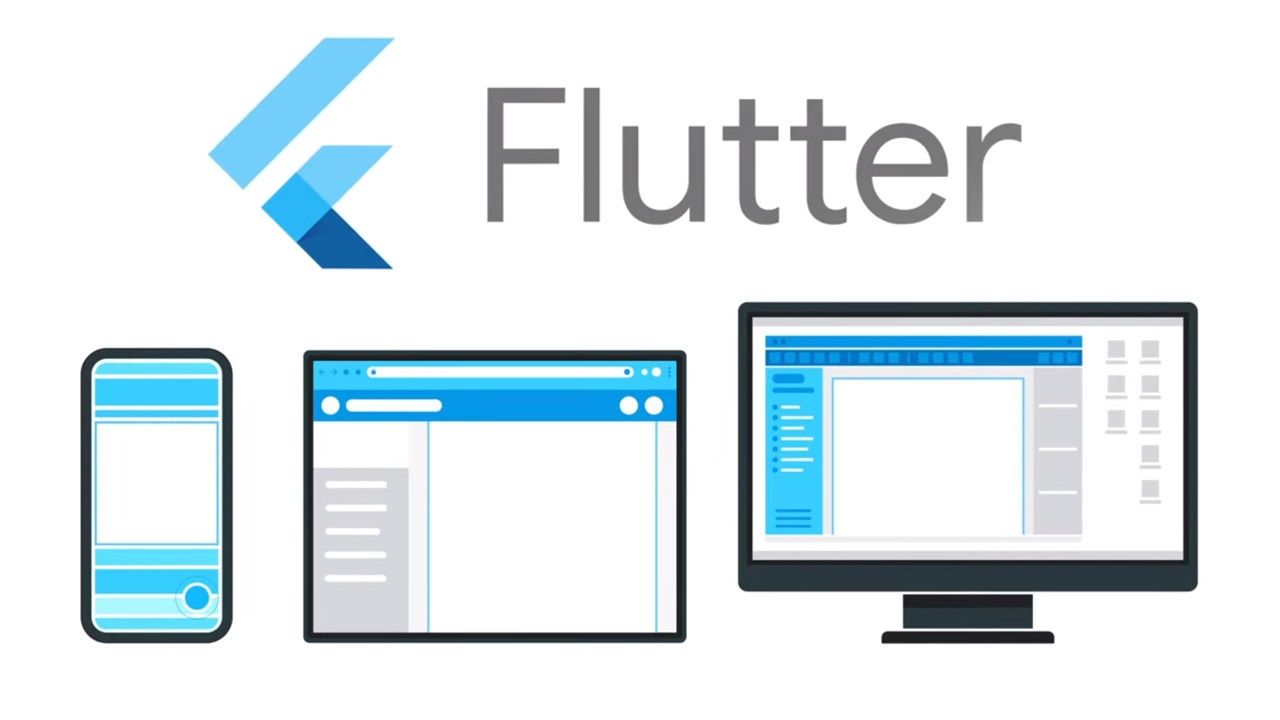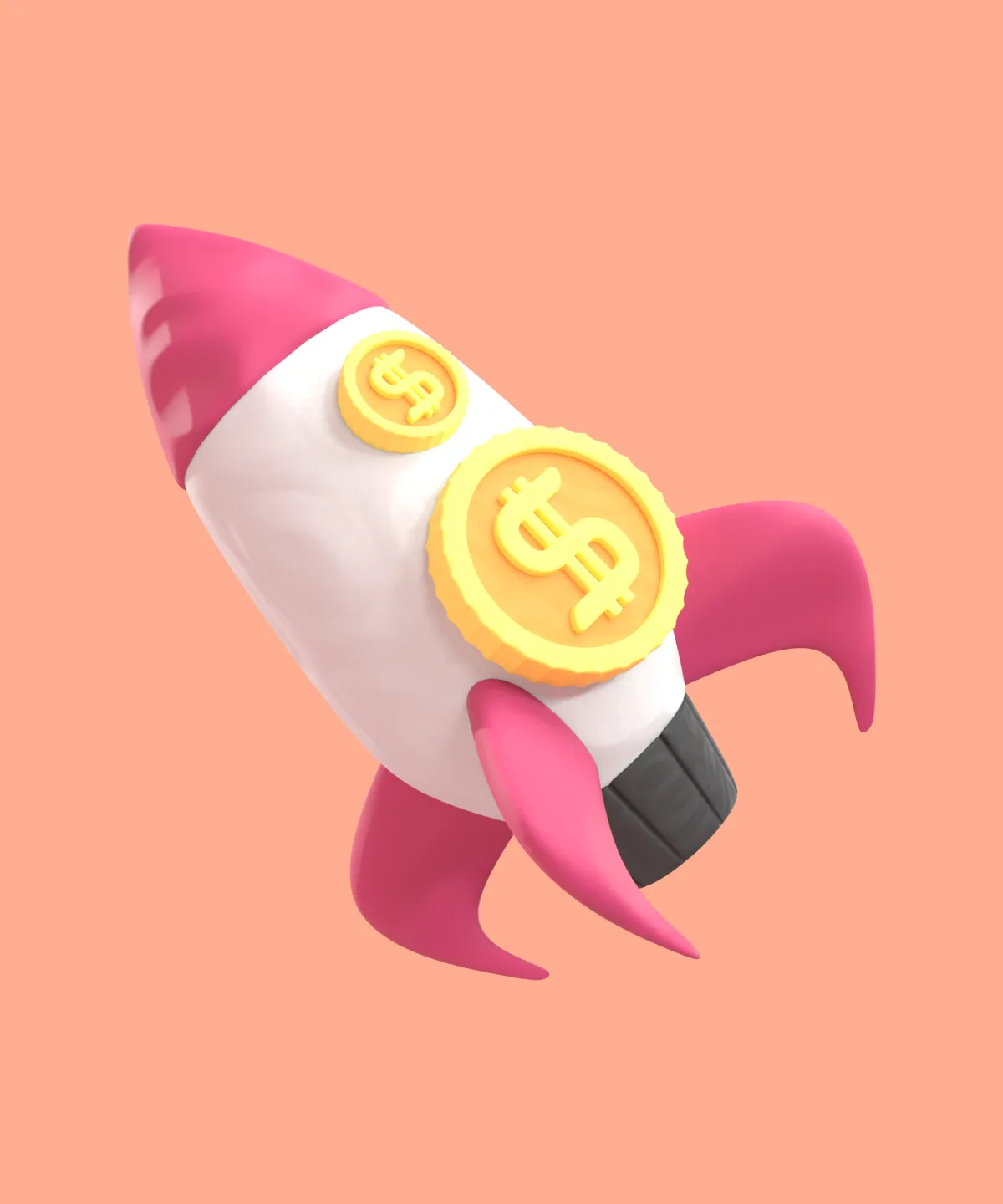In the rapidly evolving digital world, developing a mobile application is no longer a mere exercise in coding and testing. It has morphed into a comprehensive process that calls for strategic planning, thorough market analysis, and efficient execution. Especially when working with Flutter, Google's avant-garde UI toolkit, the creation of a compelling app necessitates a well-executed mobile app launch strategy. Our team at What the Flutter has harnessed the power of Flutter, combining it with strategic planning and execution to develop cross-platform apps that users love. This in-depth article explores the ins and outs of devising a successful Flutter app launch strategy, offering actionable tips, best practices, and rich insights drawn from real-world examples and case studies.
Why Flutter?

Before we delve into the specifics of how to launch a mobile app, let's first understand why Flutter is emerging as the darling of the developer community. Flutter, a brainchild of Google, allows developers to craft visually captivating mobile applications for both iOS and Android platforms using a single codebase, thereby drastically reducing development time and costs.
One of Flutter's groundbreaking features is its 'hot reload,' enabling developers to view the impact of their code changes instantly. In our experience at WTF, this feature has been instrumental in accelerating our development process, allowing us to create robust cross-platform apps efficiently. Additionally, Flutter’s rich widget library empowers developers to create attractive and user-friendly UIs with relative ease.
The success of Xianyu, Alibaba's Flutter-based app boasting over 50 million users, stands as a testament to Flutter's strengths. Xianyu leveraged the capabilities of Flutter to create a high-performance application with consistent aesthetics across Android and iOS platforms. Xianyu's success story offers valuable lessons to aspiring Flutter app developers about leveraging Flutter's strengths to their advantage.
Creating a Robust App Launch Strategy
To effectively launch mobile app, you need more than just a grasp of Flutter’s technical facets. It entails a clear vision of the target market, a deep understanding of user expectations, and strategic efforts to generate buzz around your app. In the following sections, we'll take you through a comprehensive, step-by-step guide to devising a successful Flutter app launch strategy.
1. Understand Your Market

Identify your target audience
Your first step should be to acquire a comprehensive understanding of your target audience. Delve into their demographic characteristics, behavioral tendencies, preferences, and challenges. This information will allow you to design an app that specifically caters to your audience's needs and preferences.
For instance, suppose you're planning to develop a fitness app. Your target audience would likely comprise health-conscious individuals, possibly in the age group of 18-35 years. Creating user personas can help you refine your app's features and user interface (UI) to align with the expectations of your target users.
Perform extensive market research
Understanding the current market landscape, including competitors and prevailing trends, is crucial to crafting an app that stands out. By closely examining the triumphs and pitfalls of similar apps, you can glean insights that help distinguish your Flutter app from its competitors.
A prime example of this is Spotify. Despite the presence of numerous music streaming apps, Spotify carved a niche for itself by offering a personalized, curated music experience to its users. Identifying and emphasizing your unique value proposition, similar to what Spotify did, can give your app a significant competitive advantage. Similarly, the rise of food delivery apps built with Flutter is shaping a new era in the food industry.
2. Plan Your App Development

Define the MVP
Identifying the Minimum Viable Product (MVP) is a crucial part of your development strategy. The MVP should encapsulate the core functionalities your app offers to address the primary challenges faced by your users. Although it should be sufficiently developed to attract early adopters, it should also be flexible enough to accommodate future improvements based on user feedback.
Consider Instagram, for example. It started as a simple photo-sharing app. It focused on perfecting its core functionality, establishing a robust user base, and then gradually introduced additional features like Stories, IGTV, and Shopping. This approach allowed Instagram to evolve organically based on user feedback and market trends.
Ensure quality
Quality should permeate every aspect of your Flutter app, from coding to UI/UX design. Flutter's built-in testing features are a significant advantage here, as they allow you to identify and rectify bugs before your app hits the market. Regularly conducting code reviews and performance testing can also ensure that your app delivers a seamless, enjoyable user experience.
3. Craft Your Pre-Launch Marketing Strategy

Create a landing page
A well-designed landing page can serve as an effective platform for introducing your app to potential users. By concisely describing your app's features and benefits, you can generate excitement and anticipation well before the launch. You can further amplify the impact of your landing page by implementing SEO strategies that drive organic traffic to your page.
Mailbox, an email app, offers a perfect case study of a successful landing page. Before its launch, Mailbox created a landing page featuring a countdown timer and a reservation system. This innovative strategy generated immense pre-launch buzz, resulting in almost a million sign-ups before the app was even released.
Leverage social media and blogging
Social media platforms and blogging can provide you with powerful tools to build a vibrant community around your app. Regularly sharing behind-the-scenes glimpses, development updates, teasers, and relevant content can maintain a high level of engagement among your potential users.
Headspace, a popular meditation app, provides an excellent example of effective pre-launch engagement. Headspace used blogging and social media to share informative and interesting content related to mindfulness and meditation, successfully generating pre-launch buzz and establishing a solid user base.
4. Plan Your App Launch

Choose the right time
Timing is everything in launching an app. Data from Sensor Tower shows that weekday releases, particularly Tuesday and Wednesday, see higher download rates. This pattern may result from people having more time during the week to explore new apps. However, the best launch day can vary based on your target audience and app category. For example, gaming apps might perform better with weekend releases when users have more free time.
Planning your app launch around these trends can help you maximize initial downloads. But be cautious about coinciding with significant events, like Apple's Worldwide Developers Conference or Google's I/O, where attention may be diverted.
Leverage PR and influencer marketing
Getting press coverage can dramatically increase your app’s visibility and downloads. Tools like Help a Reporter Out (HARO) can connect you with journalists looking for expert input on various topics. Also, consider sending press releases to tech and business publications.
Influencer marketing is another potent tool. Consider the successful launch of Calm, the meditation app. By partnering with influencers in the wellness space, Calm significantly expanded its reach.
A launch party can generate excitement. Snapchat, for instance, used this strategy when introducing Spectacles. They created pop-up vending machines in major cities, creating buzz and anticipation.
5. Measure and Optimize Post-Launch

Monitor key metrics
Key performance indicators (KPIs) like daily active users (DAU), monthly active users (MAU), and average session length provide valuable insights into user engagement. Track in-app purchases and ad clicks to understand revenue streams. Tools like Google Analytics for Firebase can help monitor these metrics.
Also, monitor churn rate (users who stop using the app) and customer acquisition cost (CAC). Slack, the messaging app, focused on the ‘magic number’ 2,000, the number of messages a user or team had to exchange on the platform before they got hooked. By focusing on this metric, Slack was able to concentrate on enhancing features that encouraged usage.
Respond to user feedback
User feedback is critical for refining your app. Study user reviews on the App Store and Google Play Store. Implement a system in your app to collect user feedback.
Uber, for example, continually refines its app based on user feedback. Their introduction of in-app tipping and the "quiet mode" feature were direct responses to customer feedback.
6. Regular Updates and Feature Additions
Regular updates are vital to keeping your app fresh and ensuring it continues to meet users' needs. This requires a competent app development team.
With each update, you have the opportunity to refine existing features, fix bugs, and add new features. A regular update schedule, such as every two weeks or monthly, can help keep your app top-of-mind for users and show that you are committed to improving the app.
Facebook provides an excellent example of consistent app updates. In addition to regular bug fixes and performance improvements, Facebook consistently introduces new features like Marketplace, Stories, and Live Videos, each of which has opened new usage scenarios and kept users engaged.
7. Localization for Global Reach

Localization is the process of adapting your app to meet the language and cultural requirements of a specific target market. It involves more than just translating your app's content into another language; it also means adapting the UI, images, date and time formats, and more to meet local cultural nuances and expectations.
TikTok's success can largely be attributed to its exceptional localization strategy. The app is available in 39 languages and has been customized to meet the local cultural preferences of over 150 markets worldwide.
8. App Store Optimization
App Store Optimization (ASO) is an essential part of making your app discoverable in an app store's search results. A good ASO strategy involves optimizing your app's title, keywords, screenshots, description, and user reviews to improve its search ranking.
Consider the success story of Rovio, the company behind Angry Birds. Rovio regularly experiments with different icon designs, screenshots, descriptions, and in-app purchases to optimize their ASO strategy and improve the visibility of their games.
Use tools like Sensor Tower, App Annie, or Mobile Action to research keywords and track your app’s performance over time.
9. User Retention Strategy

Once you have attracted users to your app, it's essential to keep them engaged and prevent them from uninstalling your app. A good user retention strategy might involve push notifications, in-app messages, email marketing, or retargeting ads.
For example, Duolingo, the language learning app, uses daily reminders, streaks, and in-app rewards to keep users coming back day after day. The app also uses machine learning to personalize lesson plans, making each user feel that the app is tailored to their needs.
10. Foster a Community
Building and fostering a community of users can lead to a highly engaged audience that can provide valuable feedback, spread the word about your app, and contribute to a positive app culture. This could take the form of in-app community features, social media groups, user forums, or physical meetups.
Take the example of Pokémon GO. The game's creators have fostered a strong community of players, who organize local meetups, share tips and strategies on social media, and even host large-scale events. This sense of community can drive engagement and increase user retention.
Conclusion
In essence, launching a successful app requires a harmonious blend of technical expertise, in-depth market understanding, and effective marketing tactics. By thoroughly understanding your audience, meticulously planning your development process, crafting a compelling pre-launch strategy, executing a successful launch, and continually optimizing post-launch, you set your app on the path to success.
Remember, there's no one-size-fits-all solution in the realm of app launches. Every app and market segment is unique, demanding a custom-tailored strategy based on specific needs and circumstances. At What the Flutter, we employ these principles and more in our Flutter app development process, delivering bespoke solutions that meet our clients' unique needs. With careful planning, execution, and continual optimization, your app is set for a successful launch. Happy launching!










